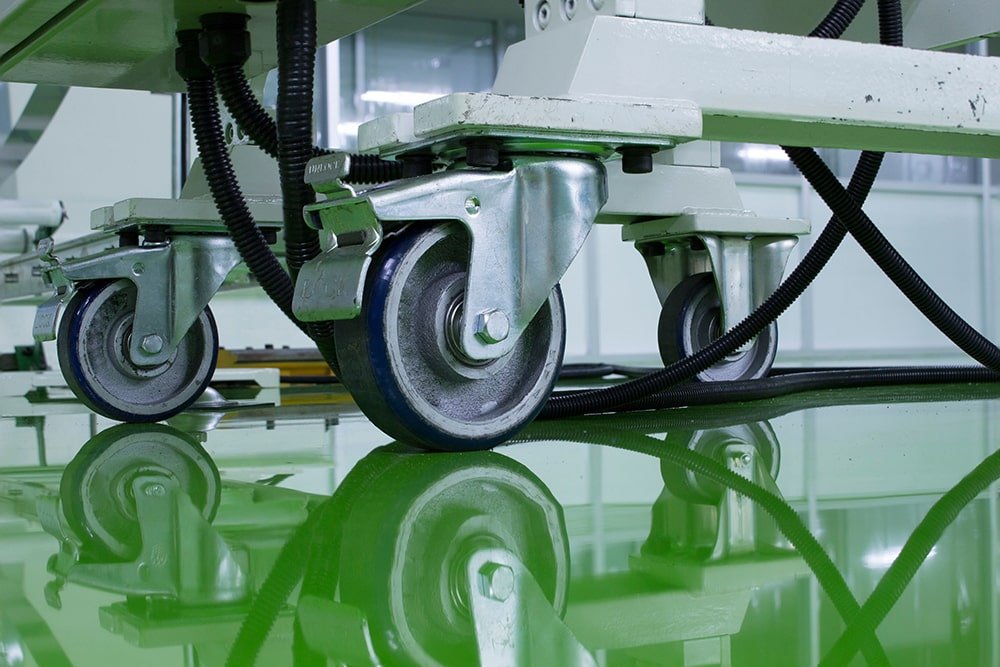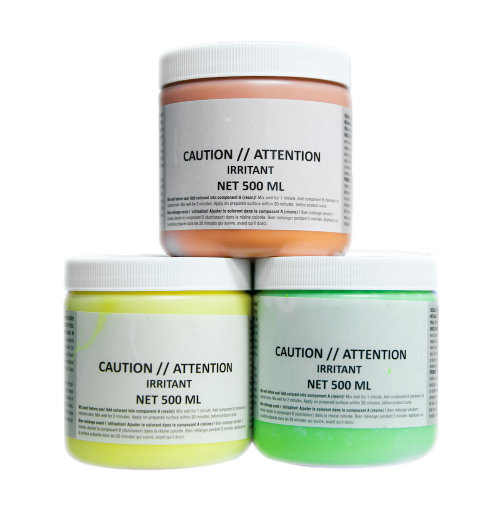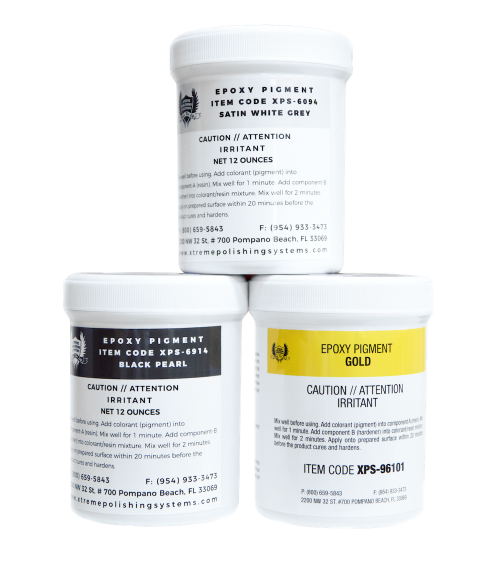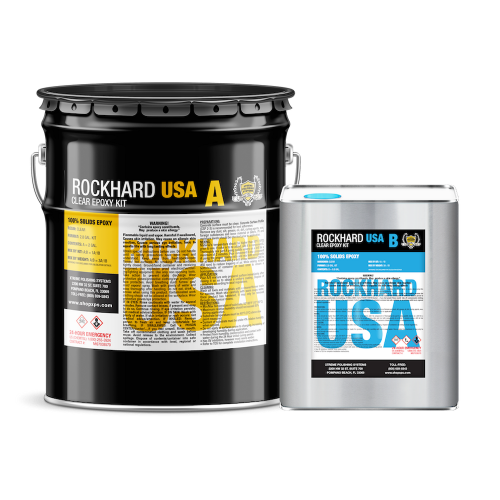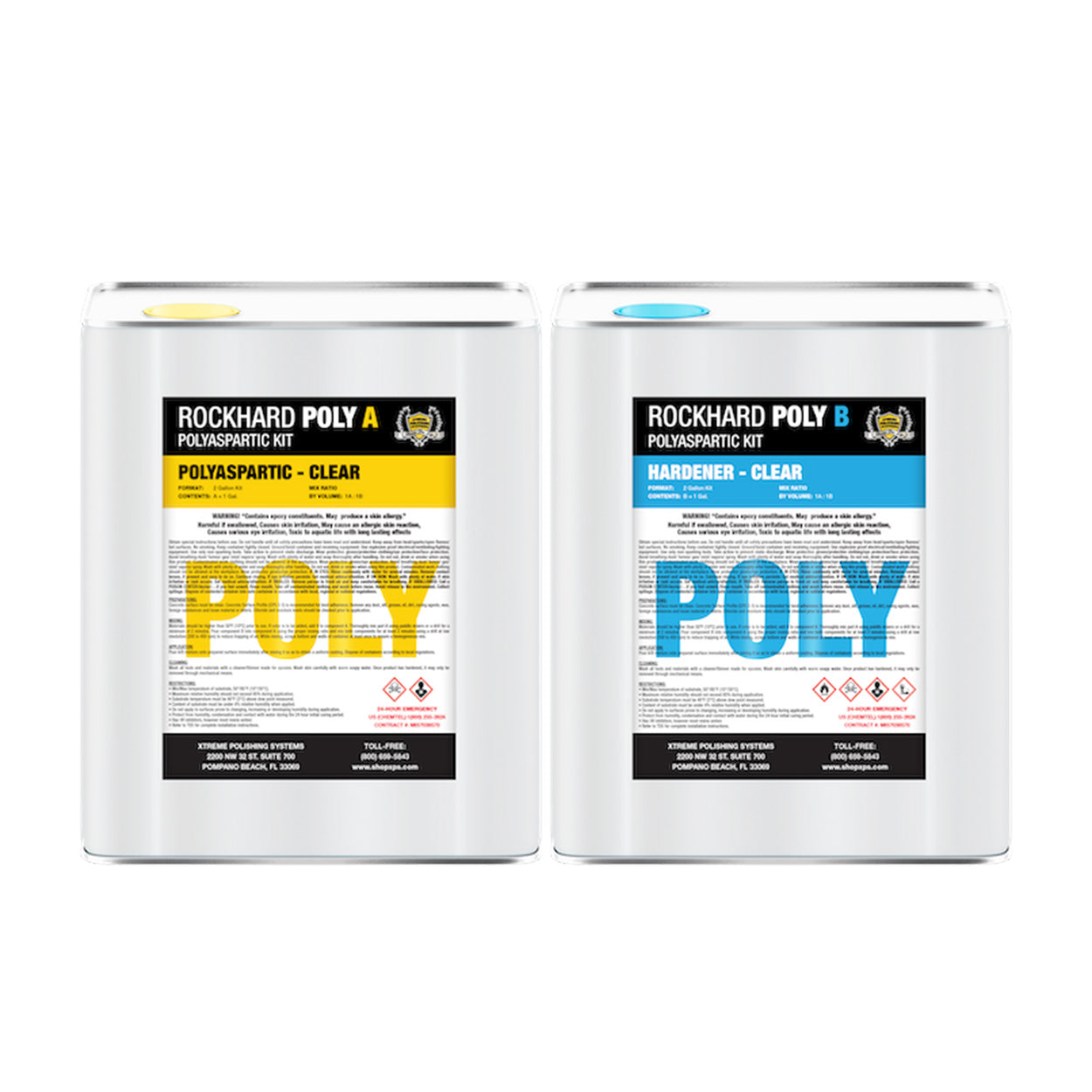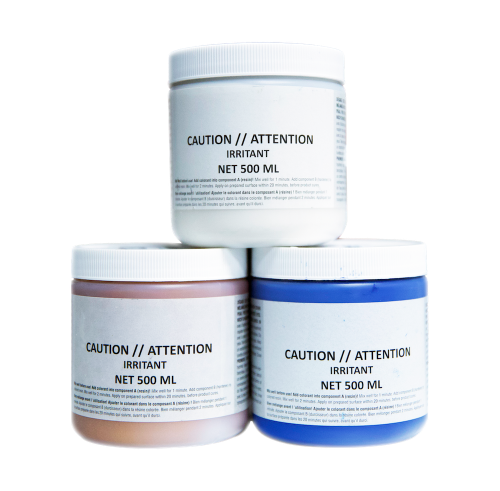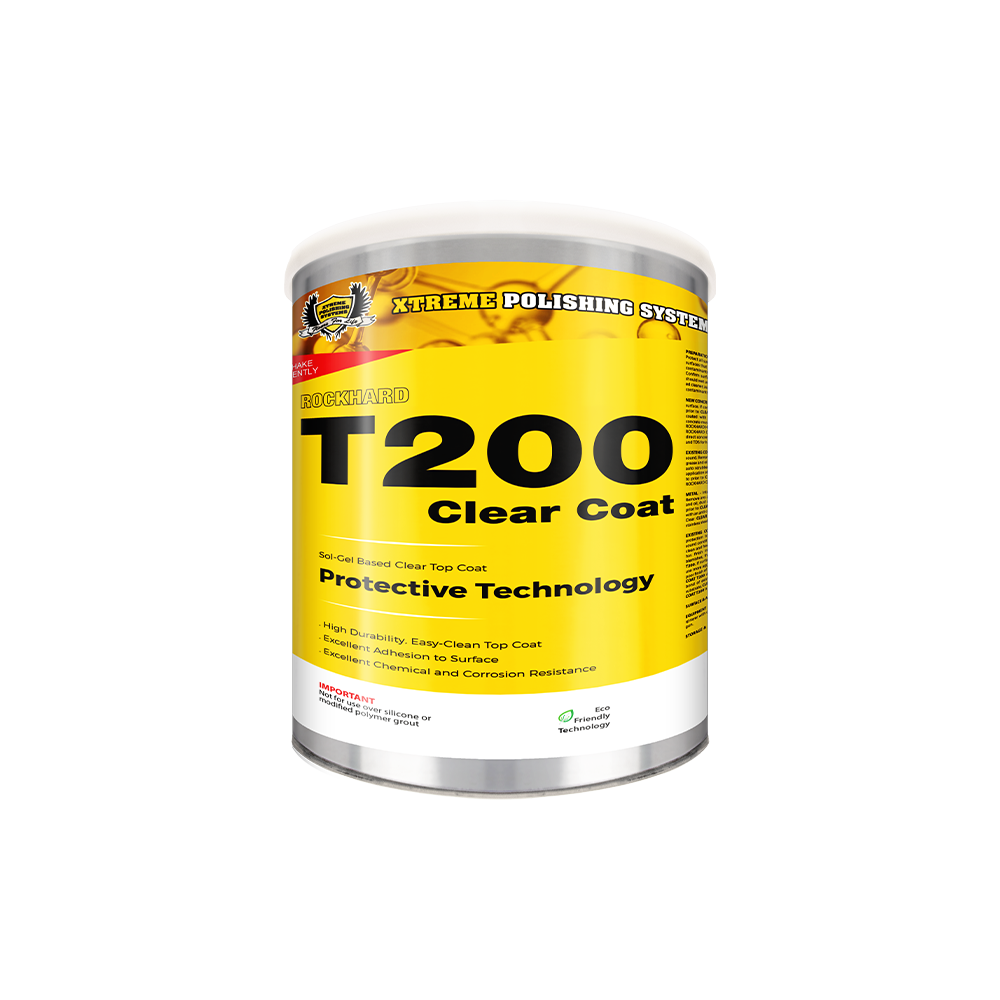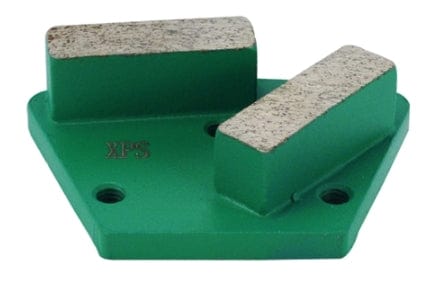Epoxy floor coatings provide everything you could desire in a floor coating, yet common mistakes made by beginners can weaken or destroy the epoxy resin.
Remember, though; everyone has to start somewhere when learning something new; it is okay. When you get a better understanding of applying epoxy resin, you will see that it is a rather simple process when done correctly.
The Type of Epoxy Resin
Consider that epoxy resin, like everything else in the world, does not come in a one-size-fits-all package. Thus, doing considerable research on what sort of resin, product, and material is suitable for your space is the first and most important stage in your epoxy project.
Epoxy is a popular flooring choice for various reasons, but one of the most important is that each type of epoxy resin gets tailored to certain spaces, demands, and designs. Whether you are looking for basement floor coating, garage floor coating, concrete floor paint, or even the best epoxy for leveling a floor, thorough research can aid you in choosing the best epoxy solutions.
Accurate Measurement of Epoxy Products
It is critical to cautiously measure your resin and hardener to ensure that your epoxy cures properly. Determine the volume of elements required for your application. Begin small. If you need more epoxy resin, you may simply return to this stage and create another batch to distribute the epoxy equally. To measure the epoxy resin, use a graduated measuring cup. Keep an eye out for where the bottom of the curved liquid surface, known as the meniscus, meets the line where you will pour the epoxy.
If the epoxy is still warm, it will lay flat in the graduated measuring cup; however, wait a few moments for it to cool before determining the amount of hardener you will need. Pour the required hardener into the epoxy mixture after you have measured the correct amount of epoxy. The majority of epoxy systems require a 2:1 volume ratio. This ratio means that for each one part hardener, you will need two parts epoxy.
However, this is not a universal epoxy scale; certain manufacturers may specify other proportions, and you can always double-check the ratio using the epoxy’s instructions. Before combining products, ensure the location, substrate, and epoxy you are handling remain at a temperature of 70-75°F or 21-24°C.
The Reflectiveness of the Epoxy
Epoxy coating can improve visibility at a job site without the need for additional lighting. Its highly reflecting quality can make complex tasks easier and safer for workers and save money on electricity bills by lowering reliance on electric overhead lighting.
Proper Mixing of the Epoxy Resin
Start with a small batch if you have never mixed epoxy before to feel the mixing and curing process. Fill a clean plastic, metal, or wax-free paper container with the appropriate amounts of epoxy resin and hardener. Do not use glass or foam containers to avoid dangerous exothermic heat build-up.
Before you start stirring, keep in mind that if you mix epoxy too rapidly or for too long, you will introduce more air bubbles into the mix. Unfortunately, more bubbles will increase the chances of air bubbles in your final epoxy coat.
To do this right: Stir the two epoxy ingredients thoroughly for at least 1 to 3 minutes, or until the products have a uniform consistency. Scrape the sides and bottom of your container while you mix, and make sure to reach all corners with the flat end of your mixing tool. Pour the epoxy onto a roller pan as soon as possible to apply it right away, extending the Pot-life and working time.
Beware of Air Emitting From Non-Sealed Materials
It is vital to apply a sheer coat of epoxy before your flood epoxy coating if you apply epoxy on top of the wood, concrete, or other porous surfaces. A thin layer applied to a permeable material seals the floor coating and prevents air from escaping. After you apply your sheer epoxy finish, make sure to wait at least 6 hours.
Bubbles Emerging after Applying Epoxy Floor Coating
Many epoxy formulations contain a degassing agent, which causes bubbles in the epoxy layers to rise to the top. You must be ready to torch the bubbles out before the resin hardens and solidifies if this happens. Use a low-heat heat gun and aim it parallel to the bubbled surface. Make sure you are not pointing the heat gun straight down on the bubbles; it should always be at an angle.
The Purpose of the Epoxy Floor Coating
Epoxy flooring can tailor to the needs of those who will be using the space. Automotive showrooms, for example, require creative finishing touches that make the epoxy flooring attractive while also ensuring that it is durable enough to endure normal pressure from large vehicles. Epoxy flooring in industrial kitchens and bathrooms, on the other hand, may require moisture and chemical resistance to safeguard the building’s structure and the concrete beneath the epoxy.
Thus, you should always consider the purpose of the epoxy coating before pushing through with any project.
Conclusion
Considering these factors will help you avoid making mistakes that could cause your epoxy resin to deteriorate. The most important thing to remember is to take your time with your endeavor. Get to know the fundamentals of epoxy floors and always start small. This consideration will not only help you avoid any missteps, but it will also allow your epoxy to apply nicely without wasting any additional epoxy or time.
Whether you are a new business, a flooring contractor, a craftsman, an artist, a DIYer, or a homeowner, Xtreme Polishing Systems has a wide range of products and vast industry experience to guide you through every step of your project. Epoxy coatings, polyaspartic/urethane topcoats, garage floor coatings, metallic epoxy, powder epoxy, and industrial glitter applications are all available from Xtreme Polishing Systems.
Questions? We would love to hear them! Our professionals are readily available to answer all your questions and to provide you with concrete knowledge and industry expertise in the overall preparation and completion of a concrete floor project. Shop Online or Call (877) 958-5732 for all your concrete flooring needs!


